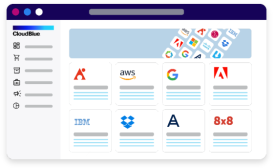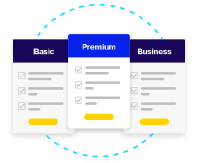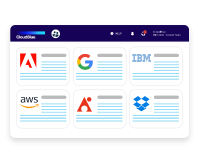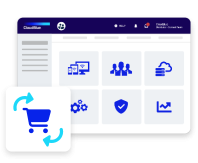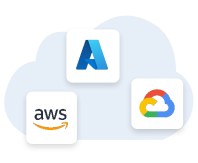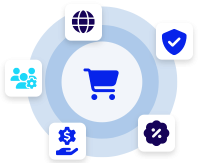Churn Management in Software as a Service (SaaS) refers to the process of actively monitoring, analyzing, and minimizing customer churn. Customer churn occurs when subscribers or users of a SaaS product cancel their subscriptions or stop using the service altogether. Churn management aims to reduce churn rates and retain existing customers, as customer retention is crucial for the long-term success and growth of a SaaS business.
Key aspects of Churn Management in the SaaS industry include:
- Churn Analysis: Regularly analyzing churn data to understand the reasons behind customer attrition. This involves identifying patterns and trends that may contribute to higher churn rates.
- Customer Segmentation: Segmenting customers based on their behavior, usage patterns, and demographics. This allows SaaS companies to identify high-risk customers who are more likely to churn and apply targeted strategies to retain them.
- Engagement Strategies: Implementing strategies to increase customer engagement and satisfaction. These strategies may include personalized onboarding, proactive customer support, and regular communication to ensure that users fully utilize the product’s features.
- Monitoring Customer Health: Keeping track of customer health scores, which are indicators of a customer’s overall satisfaction and likelihood to churn. Monitoring customer health helps in early detection of potential churn and allows for timely intervention.
- Exit Surveys and Feedback: Conducting exit surveys or gathering feedback from churned customers to gain insights into their reasons for leaving. This information can be used to address issues and improve the product or service.
- Feature Enhancements: Continuously improving the product based on customer feedback and needs. Addressing pain points and adding valuable features can increase customer satisfaction and reduce churn.
- Pricing and Packaging Optimization: Ensuring that the pricing and packaging of the SaaS product align with customer needs and expectations. Flexible pricing models and plans can attract and retain more customers.
- Customer Success Teams: Establishing customer success teams to proactively engage with customers, understand their goals, and help them achieve success with the SaaS product. Customer success managers play a vital role in reducing churn by fostering strong relationships with clients.
- Renewal Incentives: Offering incentives for customers to renew their subscriptions, such as discounts, extended trials, or additional services. These incentives can encourage customers to continue using the product.

